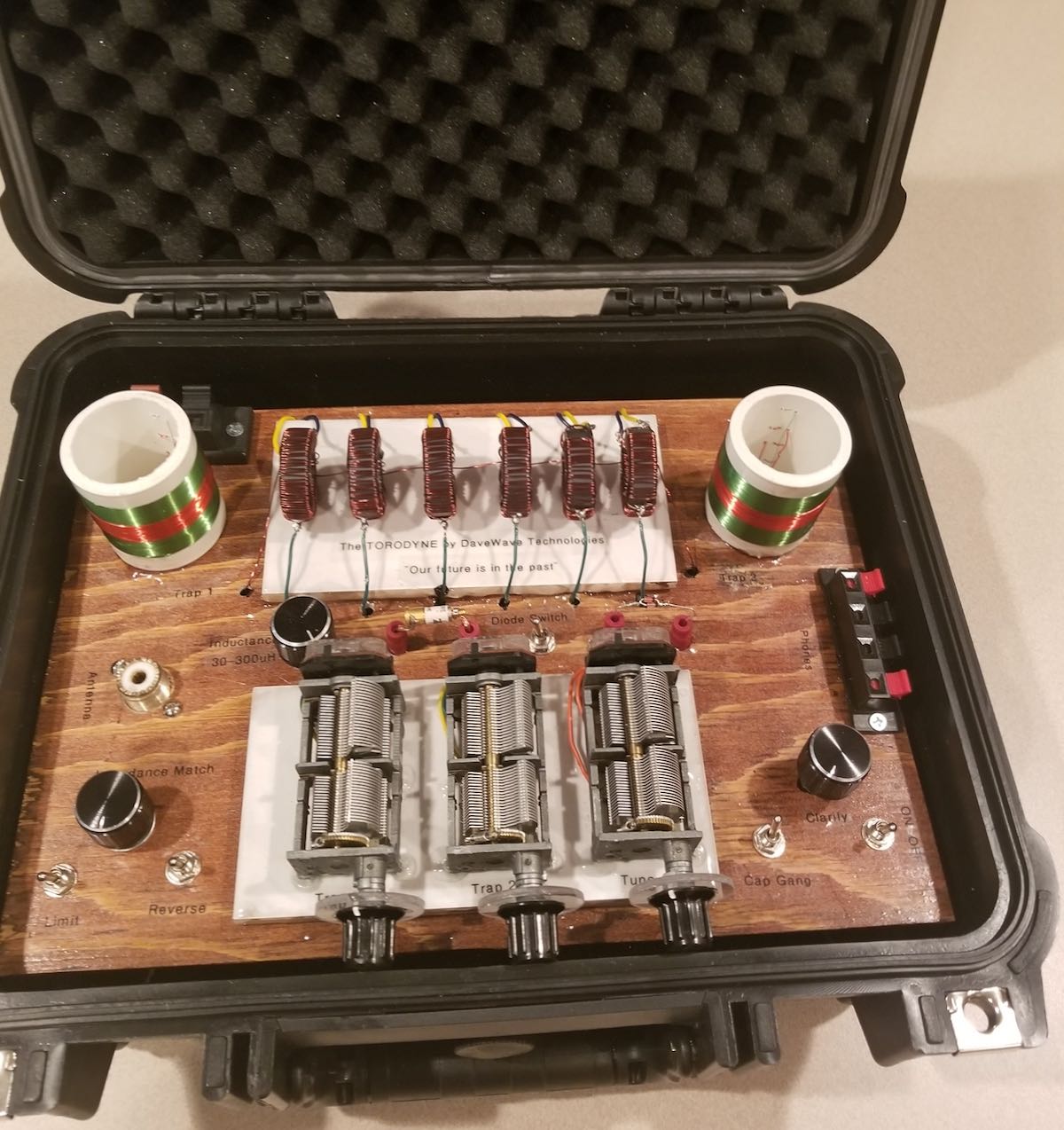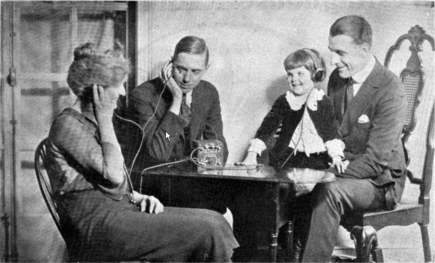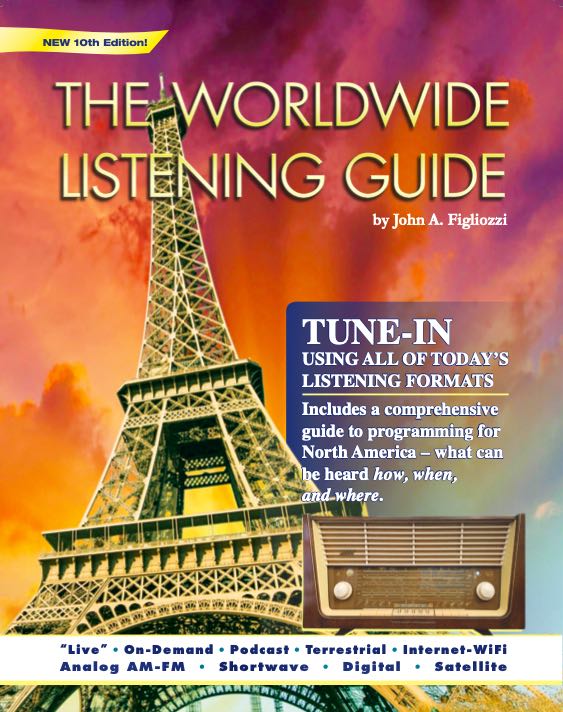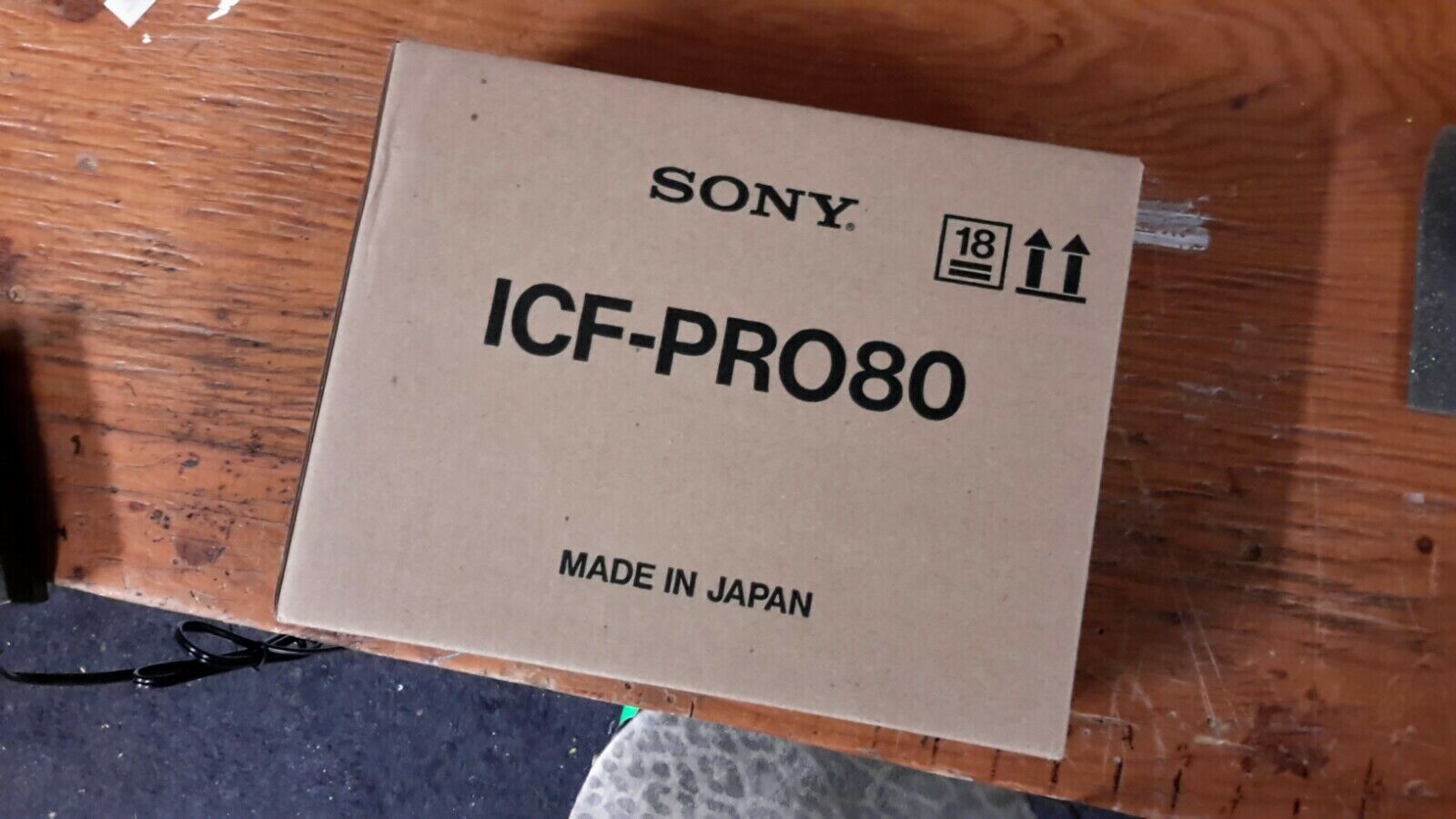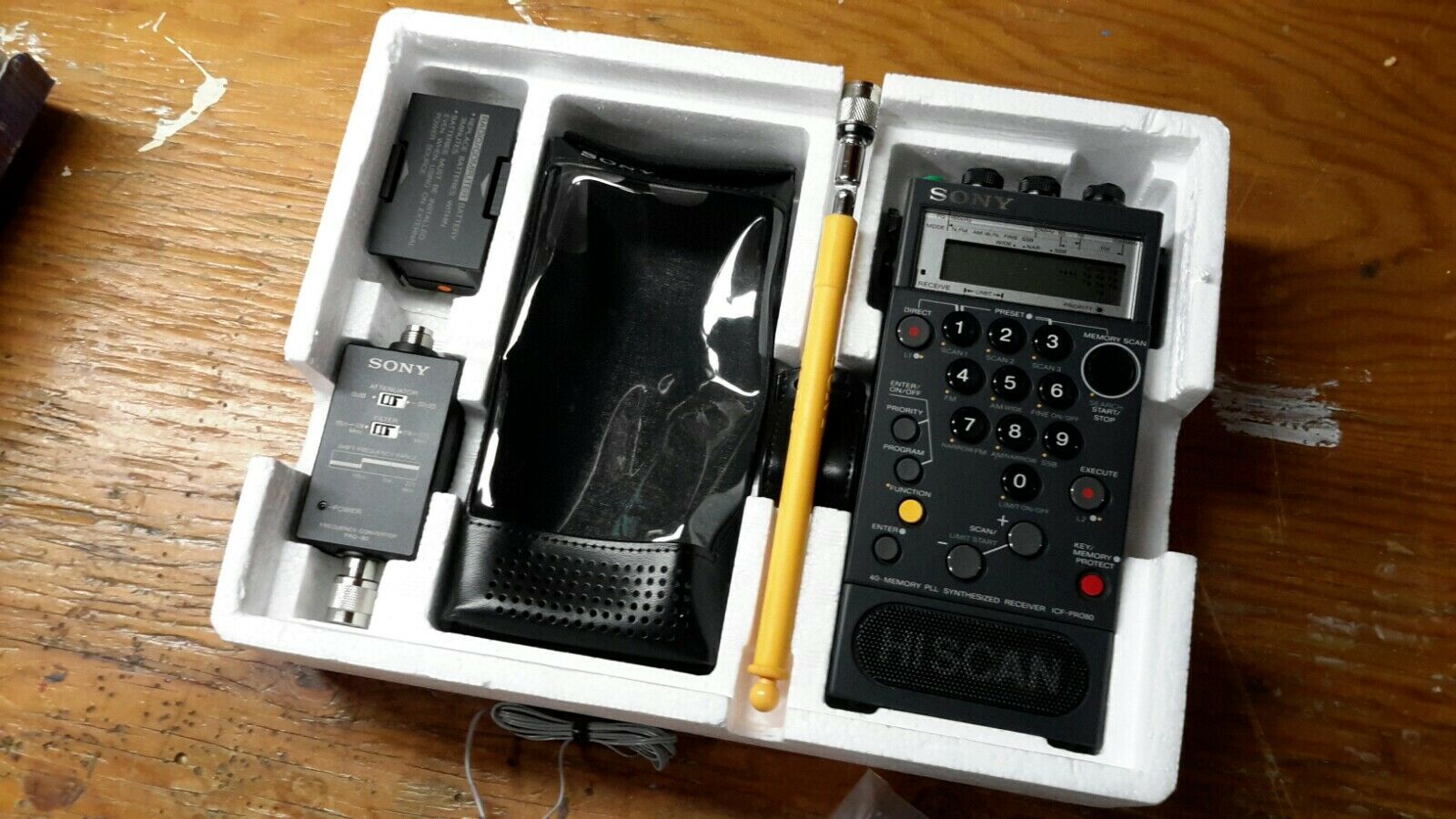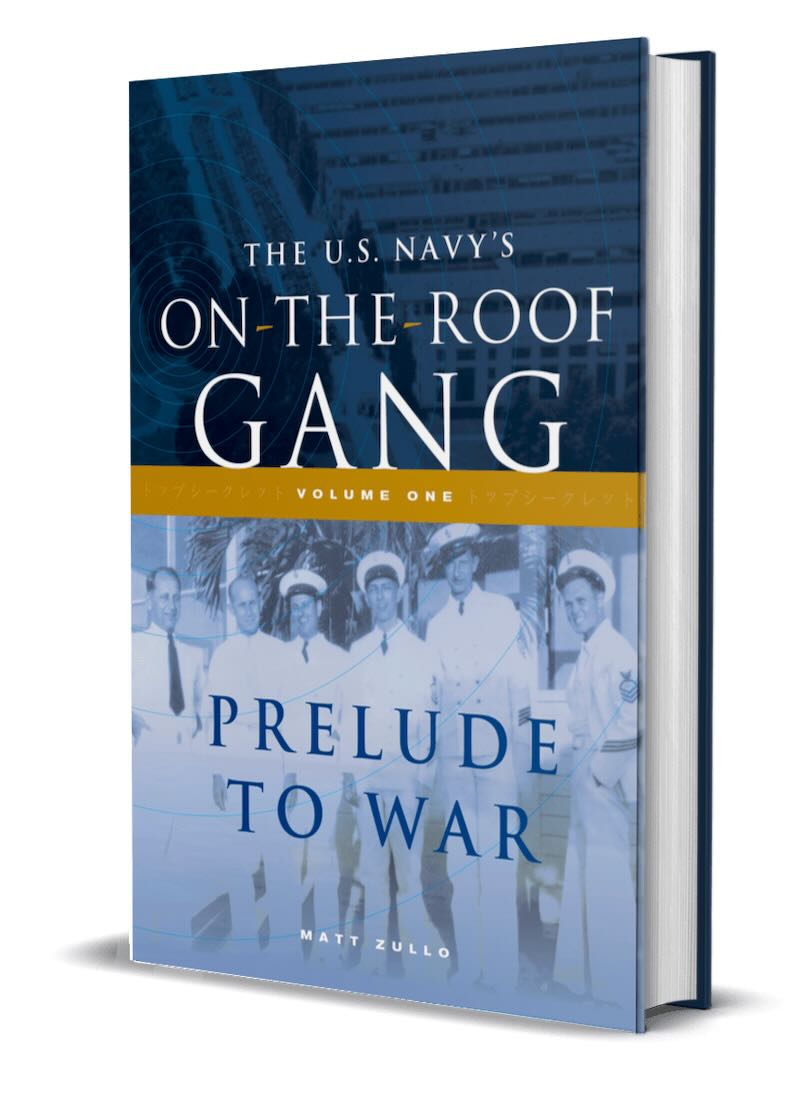Many thanks to SWLing Post contributor Loyd Van Horn at DX Central who shares the following announcement:
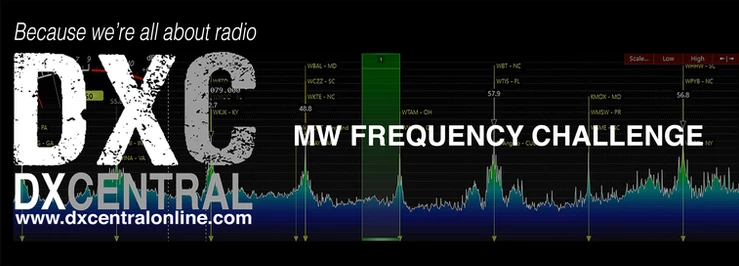 Another great week in the MW Frequency Challenge, and you all continue to pour the logs in! Our live streams on Saturday nights have been so much fun getting to interact and hear about what you heard in the previous week. If you haven’t been able to make it to a livestream yet, you are missing out! Join us Saturdays at 1945 CST / 0145 UTC (Sunday morning, UTC) on our YouTube channel: youtube.com/c/dxcentral
Another great week in the MW Frequency Challenge, and you all continue to pour the logs in! Our live streams on Saturday nights have been so much fun getting to interact and hear about what you heard in the previous week. If you haven’t been able to make it to a livestream yet, you are missing out! Join us Saturdays at 1945 CST / 0145 UTC (Sunday morning, UTC) on our YouTube channel: youtube.com/c/dxcentral
A total of 29 DXers from three countries (Mexico, Canada and the US) and 17 US States brought in 82 logs for Week 9 of our MW Frequency Challenge. 25 unique stations in 18 states and six countries made it to this week’s log. The number of logged stations was down, because there are fewer stations on 550 than previous weeks. But look at that jump in countries…an opportunity here for DXers to get some great international DX!
Most Logged Stations: From runner-up last week to the top spot this week, South Carolina’s Rob Keeney hauled in an impressive 9 stations this week. Right on his heels, was Mark Connelly (MA) and Stephanie Battaglino (CA) with 7 each.
Most Logged States: Rob Keeney once again took the top spot for heard states this week with 7 logged US states: FL, GA, MO, NC, NY, OH, TX
Most Logged Countries: Mark Connelly (MA) brought in the most countries (including US) with 4 total countries: Colombia, Cuba, US, Venezuela.
Furthest Logging: Brent Taylor of Canada’s Prince Edward Island and his log of YVKE-Radio Mundial in Venezuela was our longest reception of the week at 2,477 miles! This was only 5 miles more than the #2 spot, Mark Connelly’s 2,472 mile reception of HJHF-Radio Nacional de Colombia in Colombia. Even tighter, Mark’s log was only ONE MILE more than our third place finish from Marc DeLorenzo for his log of HJHF at 2,471 miles! Talk about a close one! Rounding out our top 10 was Jim Renfrew (NY) – 2,358 miles for YVKE, Mark Connelly (MA) – 2,163 for YVKE, Rob Keeney (SC) – 2,034 for HJHF, Brent Taylor (PEI) – 1,962 for WPAB, Mark Connelly (MA) 1,531 for Radio Rebelde, and Stephanie Battaglino (CA) – 1,094 for KTSA.
Loyd/DX Central Numbers:
- 5 stations logged
- 3 states logged (GA, MO, TX)
- 3 countries logged (USA, Cuba, Colombia)
- 1,926 miles for furthest catch (HJHF in Colombia)
Most Logged Station: WGY in Buffalo, NY brought in 10 logs this week for the top spot. Missouri’s KTRS and Cincinnati’s WKRC at 7 logs each were just behind them.
Most Logged State/Province: As you might imagine, WGR’s logs brought NY to the top spot here with 10 receptions. NC (9) and TX, MO (8 each) were just behind.
Most Logged Country (outside of US): Colombia and Mexico each brought in 4 loggings this week. Cuba and Venezuela (3 each) were just behind. In all, 15 stations outside of the US were logged this week.
Busiest Time of Day: Overnight hours (67% of logs) continued to be the busiest period for DX. Surprisingly, sunrise was in the second spot with 14.6% of all logs. Sunset (11%) and Daytime (7.3%) rounded out the rest of the day.
Most Used Receiver: While portable use is still going strong, SDRs once again were the king of DX this week with 56 of 82 logs (69%). Portables brought in 20 logs (24%) of all loggings. Among SDRs, we actually had a new brand at the top of the hill as Airspy SDRs brought in a total of 22 loggings (40% of all SDR logs). SDRPlay’s 18 logs (32% of SDR logs) and Perseus’s 13 receptions (23% of SDR logs) were also very popular this week. For portables, Tecsun’s came out of nowhere this week to take the top spot with 9 loggings (45% of portable logs). C. Crane radios (4 loggings, 20% of portable logs) took the #2 spot.
Most Used Antenna: Magnetic Loops were once again the most popular option for DXers this week, with 32 logs (40% of all logs). The Wellbrook loop’s 21 loggings (65% of all mag loop logs) were the most popular used mag loop, with both the W6LVP and YouLoop (9 logs each, at 28%) also bringing in DX. Termed loops proved to continue to be a popular option as well, with 17 loggings (21% of all loggings). This week, other loops (such as the AN-200 or Tecun loops) also brought in 17 loggings this week as a popular option.
See the full export of data at our Google Sheet: https://docs.google.com/spreadsheets/d/1OGMctuhKyj3lIxqd6tv9oxw2WhZ3F7Q7qM7TGnOxPak/edit?usp=sharing
With week 9 now under wraps, we look ahead to week 10 and for this week, we have a rather unique challenge. Rather than focus on a single frequency, we are going to explore the ENTIRE expanded band! 1610-1710 kHz – any licensed station (including broadcast and TIS) count as a valid log. No pirates, no NDBs, etc. So the NJ TIS station on 1710? Counts. 1630 Radio Elohim in El Salvador? Counts. The “TVS” NDB on 1650? Does not count.
With 11 frequencies to contend with – even with much fewer stations per frequency – this should be our largest week yet!
Our Google Form for Week 10 can be found here: https://forms.gle/41FNE9F81bhCr4ts6
RULES:
Logs for Week 10 will only be accepted for stations received between 0300 UTC Sunday, January 23, 2022 and 0300 UTC Sunday, January 30th (will be announcing the closing during our live stream of DX Central Live!). Logs must be for licensed stations received between 1610 and 1710 kHz. This includes all standard broadcast stations in the US and internationally, as well as any TIS stations received. Logs must be from your own equipment using WebSDRs is allowed for reference, but will not be counted towards the challenge (unless it is YOUR WebSDR). If you do log from a WebSDR, be sure to mark your location as from the location of the WebSDR itself, not your home location. All loggings must be submitted using our Google Form at https://forms.gle/41FNE9F81bhCr4ts6 Submissions by any other form including social media, email, etc. will not be accepted.
An eCertificate will be sent to the DXer with the most logged stations during the challenge time period. Additional eCertificates may be presented at the discretion of DX Central.
Have fun, 73 and best of DX!
Loyd – W4LVH
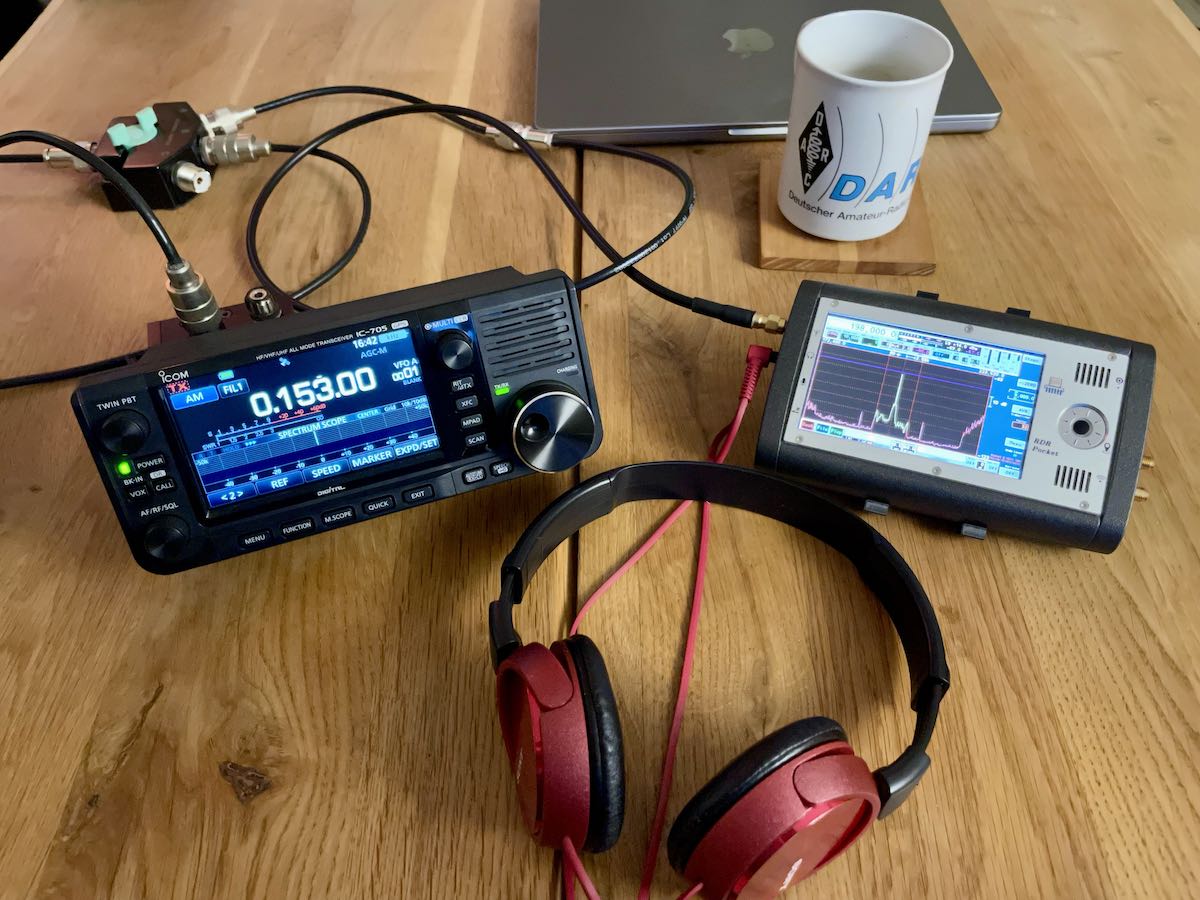 SWL with a Reuter Pocket and the Icom IC-705
SWL with a Reuter Pocket and the Icom IC-705
